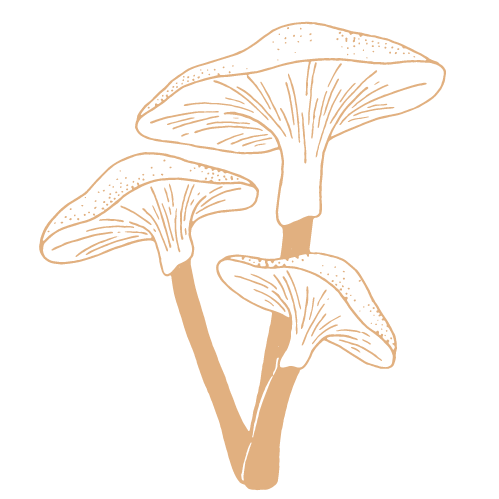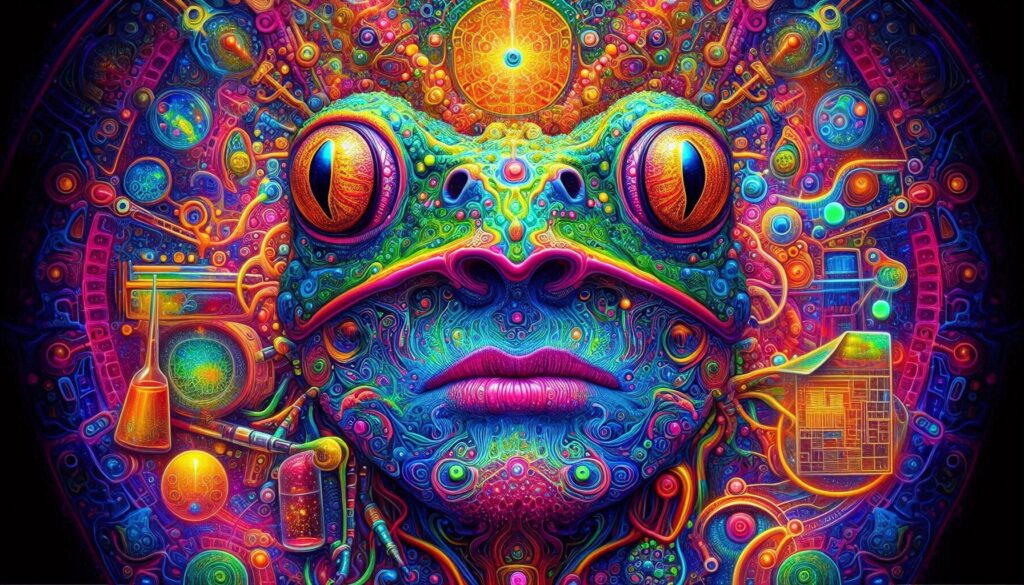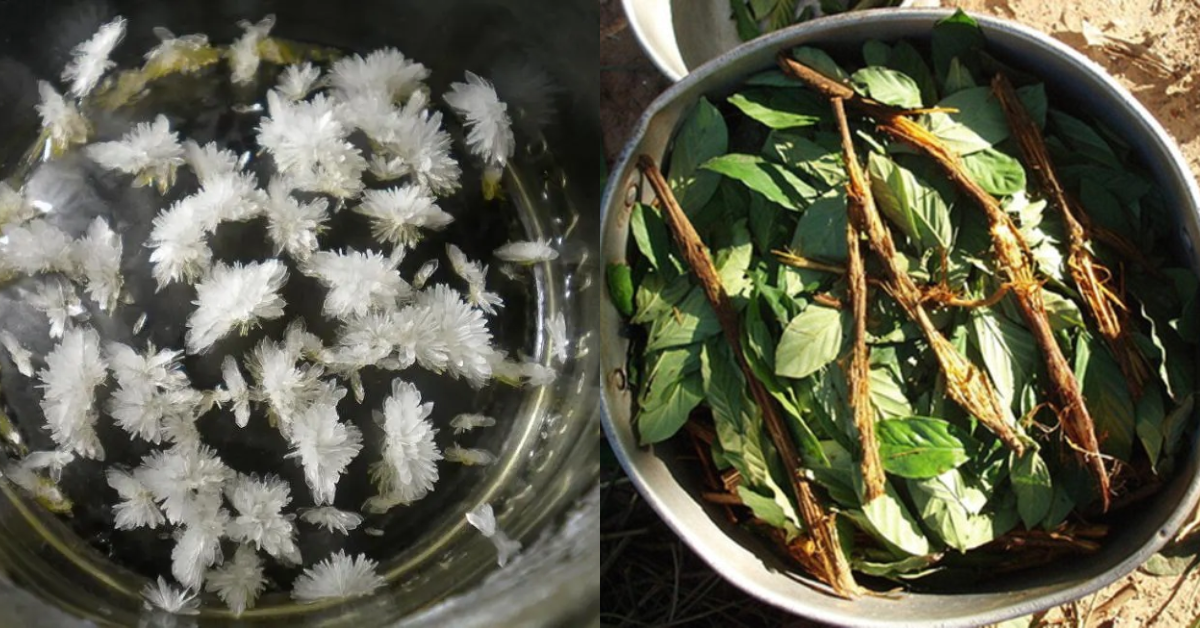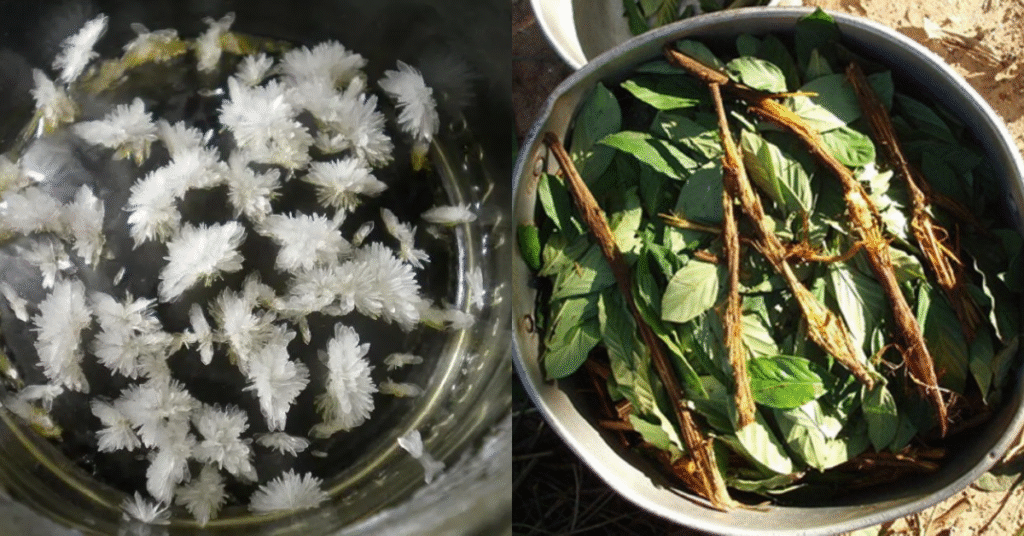History Of 5-MeO-DMT: Origin Of The Toad Venom
For centuries, civilizations have sought ways to transcend ordinary perception, exploring altered states of consciousness through meditation, rituals, and plant-based medicines. Among the many psychedelics known today, 5-MeO-DMT (5-Methoxy-N,N-Dimethyltryptamine) stands out as one of the most powerful and mysterious. Unlike other entheogens, its effects are not primarily visual but deeply introspective—often described as a complete dissolution of the ego, a journey into the void, or an experience of pure unity. Nonetheless, recently there’s growing attention to know more about the history of 5 MeO DMT.
But have you ever wondered how a single molecule could bridge the gap between ancient spirituality and cutting-edge science? Often referred to as the “God Molecule.“ 5-MeO-DMT has a history that weaves through sacred shamanic ceremonies, indigenous traditions, and modern therapeutic breakthroughs. From its natural origins and ceremonial use to its rediscovery in scientific research, this compound has left an indelible mark on humanity’s quest for understanding consciousness and healing.
This post takes you through the captivating story of 5-MeO-DMT—its past, its profound effects, and the growing wave of interest surrounding its potential today.
What Is 5 MeO DMT?
5-MeO-DMT, or 5-methoxy-N,N-dimethyltryptamine, is a naturally occurring psychedelic substance belonging to the tryptamine family. Think of it as a cousin to DMT, but with its own distinct character and effects.
It’s found in a variety of plant species, most notably in certain members of the Anadenanthera genus, and, perhaps most famously, in the secretions of the Sonoran Desert Toad (Bufo alvarius). While nature provides this compound, it’s also synthesized in laboratories, offering an alternative source.
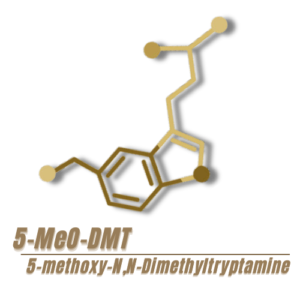
But why all the fuss? The answer lies in its profound effects on consciousness. When ingested or inhaled, 5-MeO-DMT interacts with serotonin receptors in the brain, particularly the 5-HT1A receptor. This interaction triggers a cascade of neurochemical events, leading to altered perceptions, intense emotions, and, for many, a sense of unity with the universe.
In order to understand 5-MeO-DMT more deeply, we need to look at it with a clear historical lens.
The Ancient Roots of 5-MeO-DMT
Long before scientific discovery, 5-MeO-DMT existed in nature, secreted by the Bufo alvarius toad (also called the Sonoran Desert Toad) and present in various plant species like Virola, Anadenanthera, and Diplopterys cabrerana. Indigenous cultures across South America, particularly in the Amazon basin and Mesoamerican, are believed to have used 5-MeO-DMT-containing plants in ceremonial settings, though evidence is scarce due to the lack of recorded history.
Possible Indigenous Use
While there is no concrete proof that ancient tribes intentionally extracted 5-MeO-DMT, archaeological findings suggest that shamans used Yopo snuff, made from Anadenanthera peregrina seeds, which contain DMT and possible traces of 5-MeO-DMT. Cave paintings and tribal rituals indicate that plant-based entheogens were integral to spiritual and healing practices.
The Scientific Discovery of 5-MeO-DMT
First Chemical Identification (1936)
The modern world became aware of 5-MeO-DMT in 1936, when it was first synthesized by G.A. Hoshino and Shimodaira, a Japanese chemist studying alkaloids. However, at the time, its psychoactive properties remained largely unknown.
1960s: The Psychedelic Boom
By the 1960s, interest in psychedelics exploded, with researchers examining DMT, LSD, and psilocybin. In 1965, researchers Josef Friedhoff and Martin A. Szára identified 5-MeO-DMT as a naturally occurring compound in plant species. Its psychoactive effects were later documented through self-experiments by chemists like Alexander Shulgin, who included it in his book TiHKAL (Tryptamines I Have Known and Loved).
The Rediscovery of the Toad: The 1980s and 1990s
Although plants containing 5-MeO-DMT had been studied, the Bufo alvarius toad remained largely unknown to researchers until the 1980s. Dr. Ken Nelson, a researcher and psychedelic enthusiast, was among the first to document the psychoactive effects of the toad’s venom, which is vaporized and inhaled to induce intense mystical experiences.
During this period, toad venom ceremonies began to emerge among underground psychedelic communities, particularly in New Mexico, Arizona, and parts of Mexico. Enthusiasts claimed that smoking toad secretion induced ego-death and direct encounters with higher consciousness.
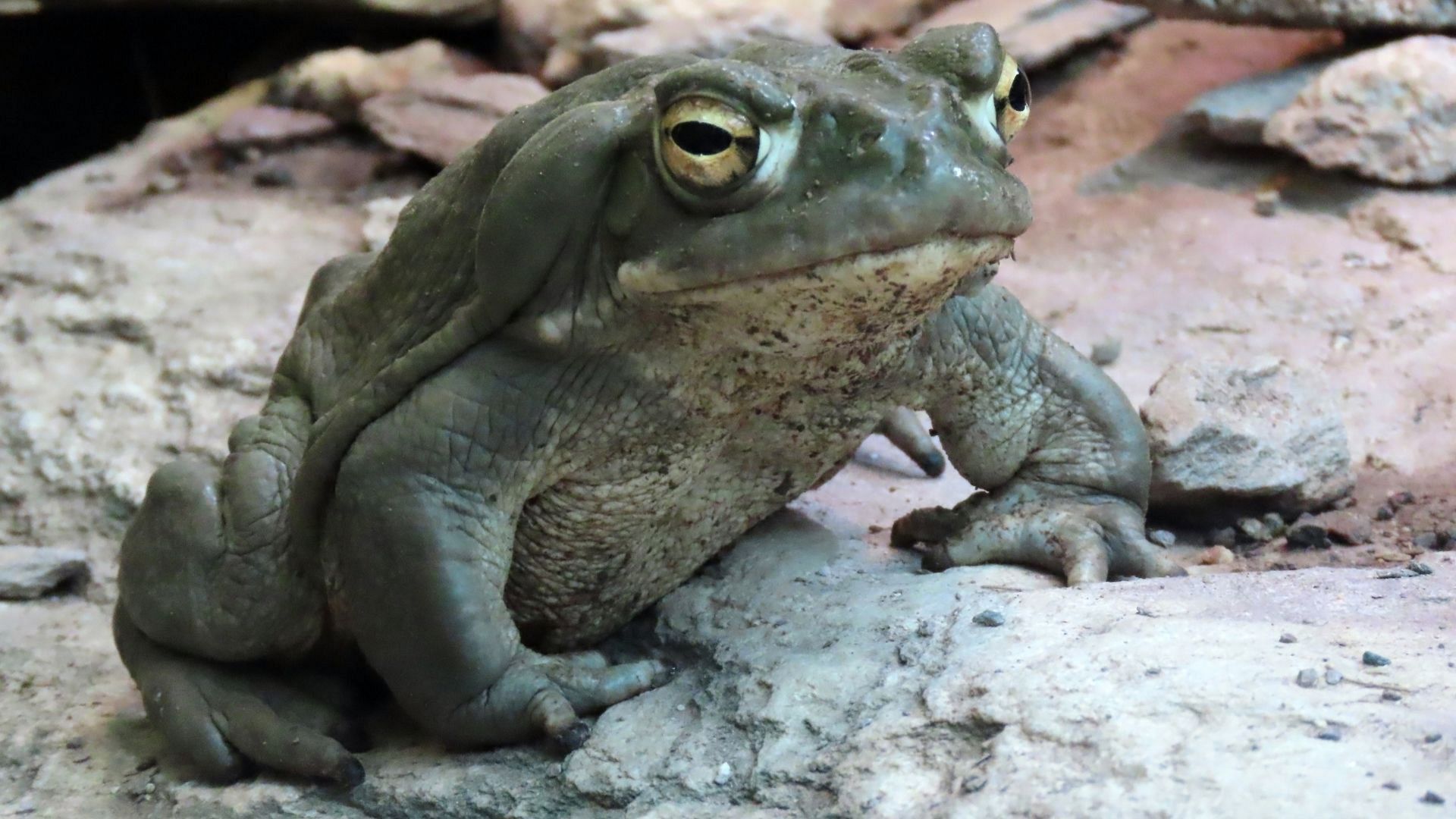
The 21st Century Renaissance: The Rise of 5-MeO-DMT Therapy
Psychedelic Therapy and Medical Research
In recent years, 5-MeO-DMT has captured the attention of neuroscientists and psychotherapists. Clinical studies suggest it may help with conditions such as depression, PTSD, and addiction by disrupting rigid thought patterns and facilitating deep introspection.
Organizations like Johns Hopkins University, Imperial College London, and the Usona Institute are actively studying its therapeutic potential. Preliminary results show that a single dose can induce long-lasting improvements in well-being and emotional resilience.
The Spiritual Awakening Movement
Alongside scientific research, spiritual seekers and retreat centers worldwide have incorporated 5-MeO-DMT into guided ceremonies. Some compare its effects to deep meditation, near-death experiences, or direct encounters with the divine.
Legal Status and Ethical Considerations
Is 5-MeO-DMT Legal?
The legal status of 5-MeO-DMT varies by country:
- United States: Schedule I substance (illegal at the federal level, but decriminalized in some cities like Oakland and Denver)
- Canada & Australia: Illegal for recreational use but available in some research settings
- Mexico & South America: Legal in some indigenous and spiritual contexts
Conservation and Ethical Concerns
With growing popularity, wild Bufo alvarius toads are facing threats due to overharvesting. Ethical concerns have led many to synthetic 5-MeO-DMT, which provides the same effects without harming wildlife. Moreover, human intervention has already furthered the difficulty of this environment, with industrial activities causing “habitat loss, pesticides, parasitic fungi and climate change.” [13] Now on top of this Bufo Alvarius, as the only known natural source of 5-MeO-DMT, is also an attractive target for poachers. Wildlife experts are asking the public to leave the toads in their natural habitat as they are “susceptible to exploitation” [14] and their continued usage is “threatening the survival of the species”
Save The Toad Campaign
In an attempt to curb this exploitation two friends, a naturalist, Robert Anthony Villa, Research Associate at the University of Arizona Desert Laboratory, and an artist, Patrick Foley, have come together to raise awareness of the dangers to both the toad itself and the users of the venom it secretes. Villa was worried about the decline and increasing abuse of Bufo Alvarius and was aware that his friend Foley had harvested and consumed 5-MeO-DMT extracted from Bufo Alvarius many years prior. Foley remembered that during the process the toads “seem scared. You are pulling it out of its habitat during its mating cycle.” [13] the toad is “trying to get away, struggling, and you really have to hold and squeeze it, it seems like a pretty traumatic experience.
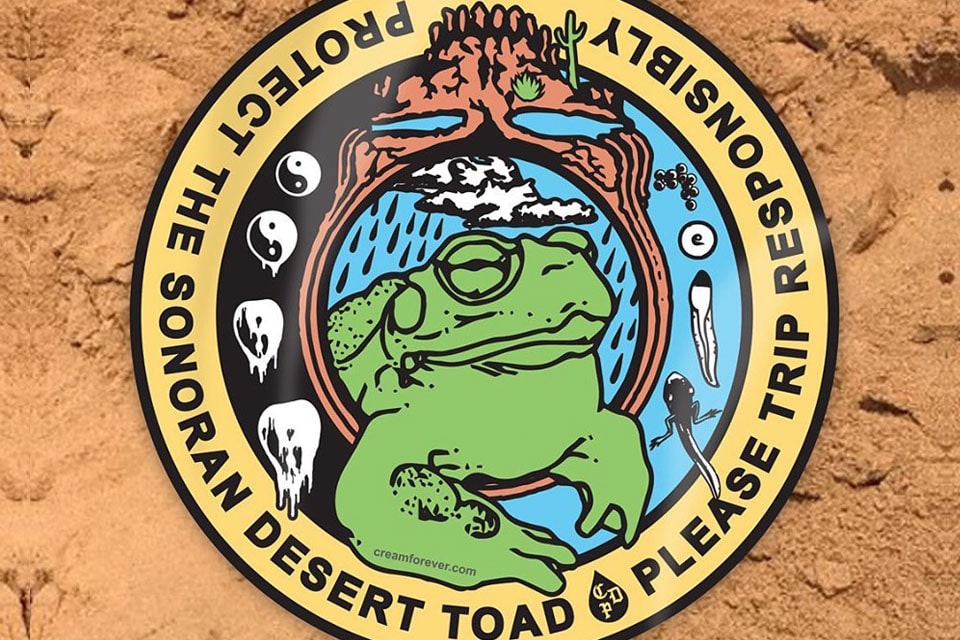
The Future of 5-MeO-DMT
As we enter a new era of psychedelic research and mental health innovation, 5-MeO-DMT is positioned as a groundbreaking compound for healing and consciousness expansion. With ongoing studies, decriminalization movements, and increased awareness of ethical sourcing, its future looks promising. However, the toad venom is available in vapes and you have retreat programs with people eager to give Sapo a try.
Whether used for spiritual awakening, therapy, or scientific discovery, this molecule’s profound history reflects humanity’s endless quest to understand the depths of existence. Although the history of 5 MeO DMT has not been documented well enough, the future is a view of possibilities.
Final Thoughts
The journey of 5-MeO-DMT, from nature’s secret to a tool for transformation, highlights its power, mystery, and potential. Whether through ancient traditions or cutting-edge science, one thing remains clear—this compound is reshaping the way we think about consciousness and healing.
If you’re interested in experiencing 5-MeO-DMT safely and responsibly, ensure that you educate yourself on best practices, seek ethical sources, and approach it with intention and respect.
What’s your take on 5-MeO-DMT? Have you encountered it in history or modern culture? Let us know in the comments below!
